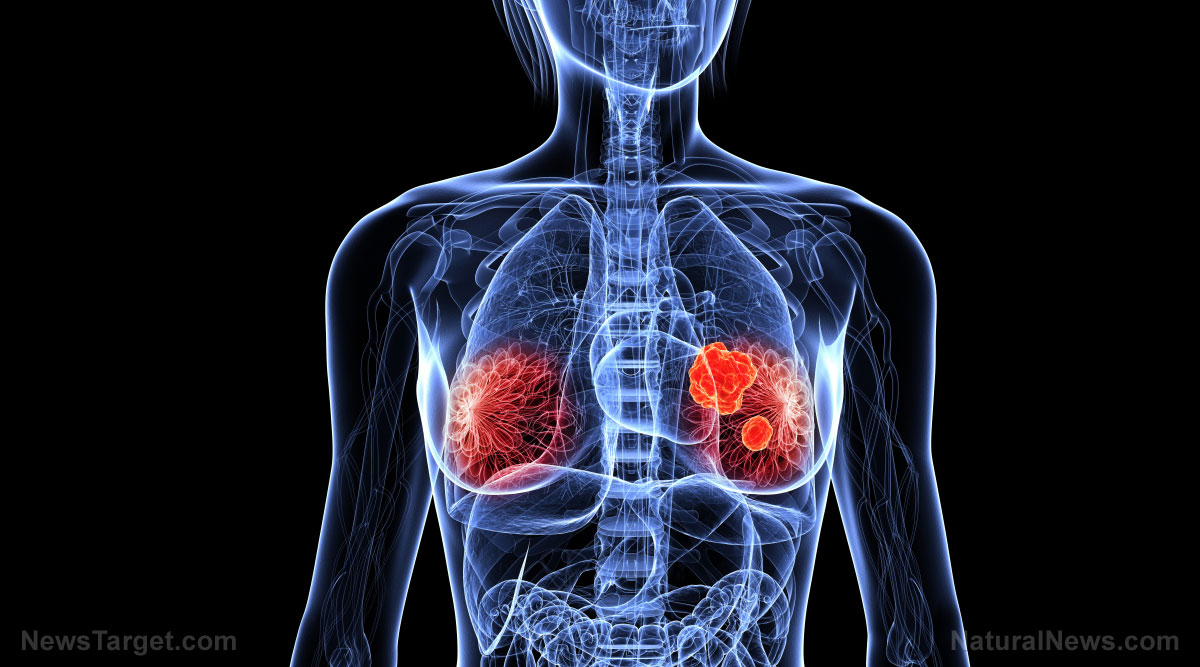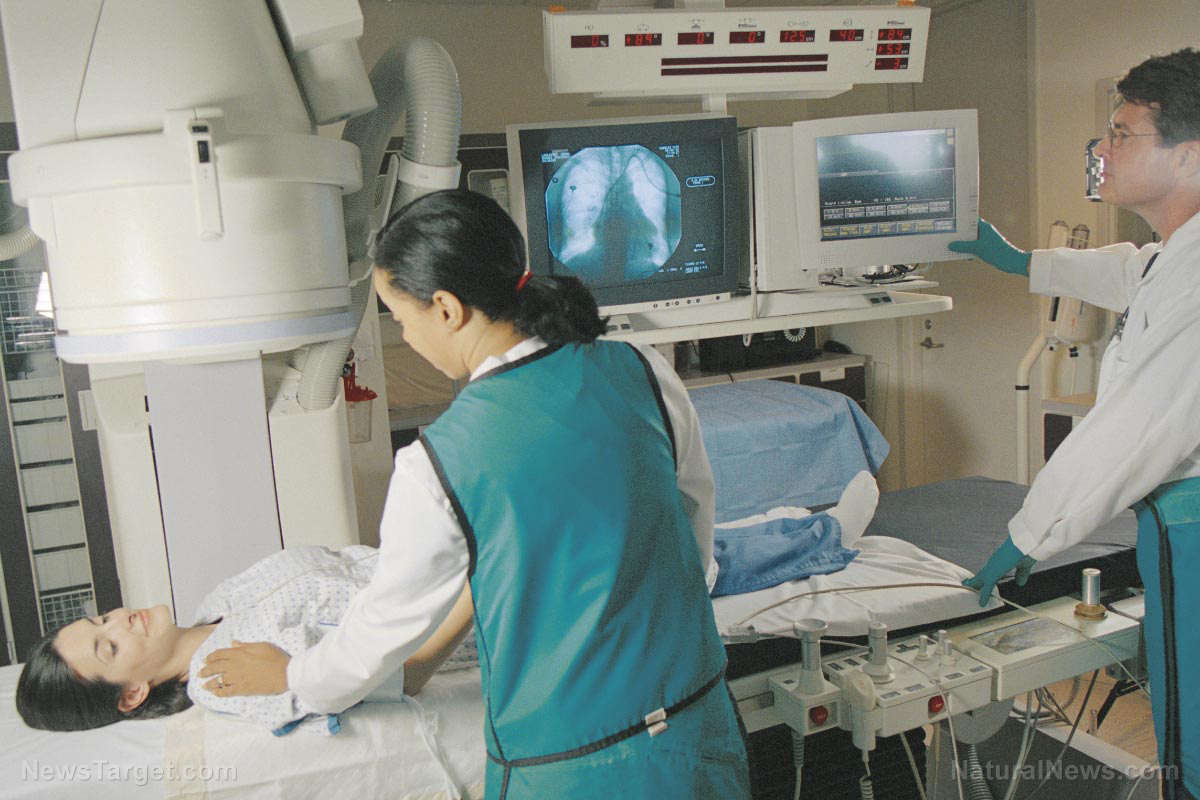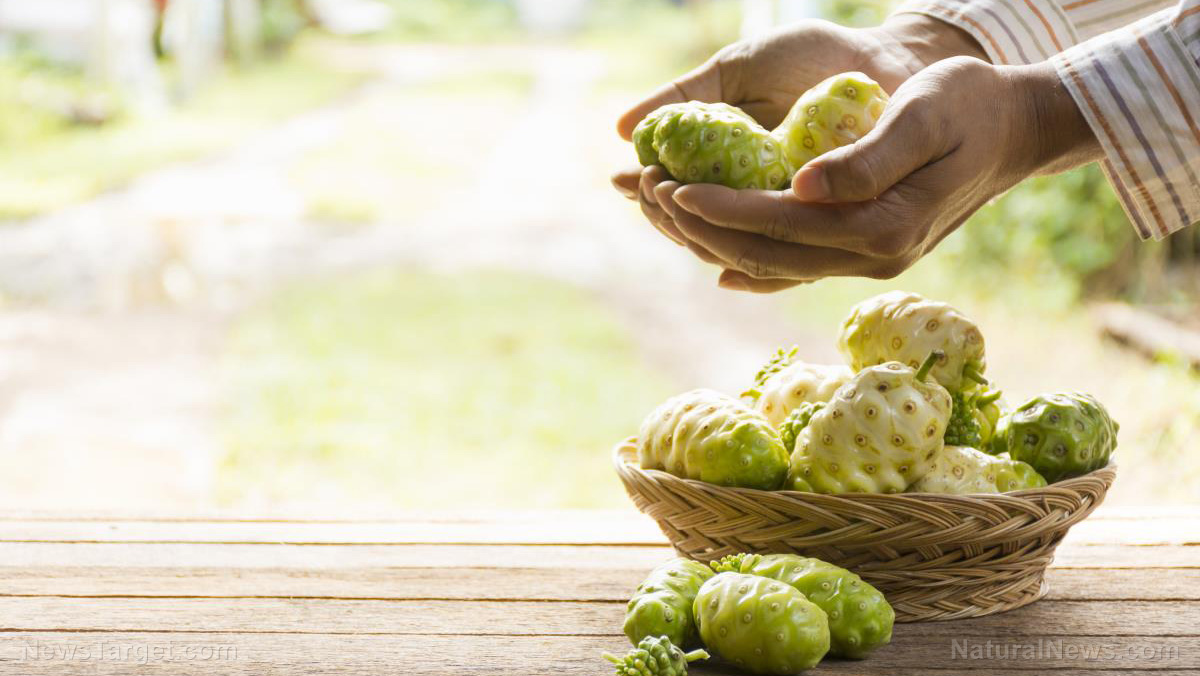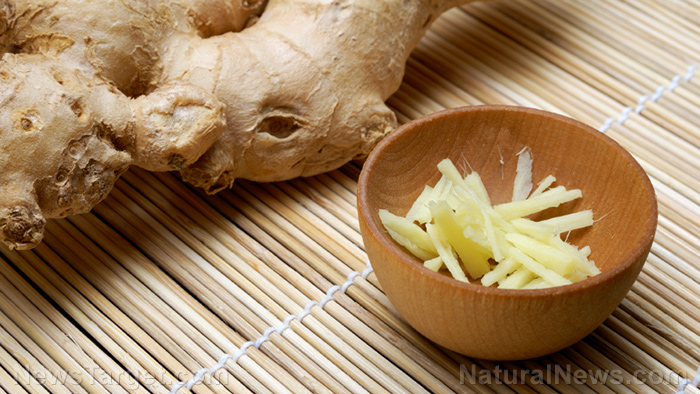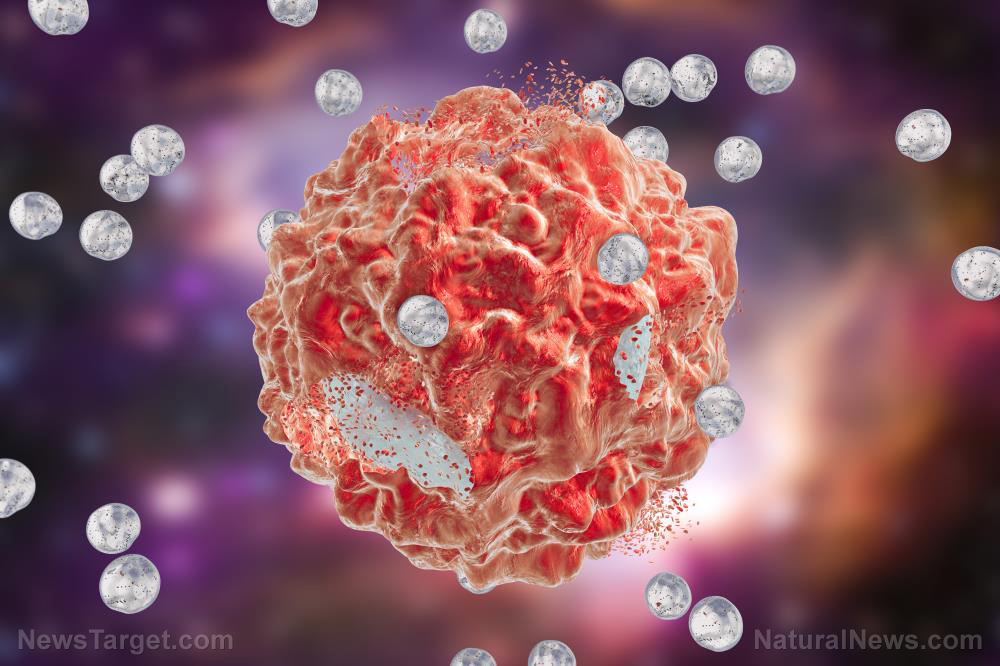Researchers investigate anti-cancer properties of 14 Passiflora species
07/22/2020 / By Evangelyn Rodriguez
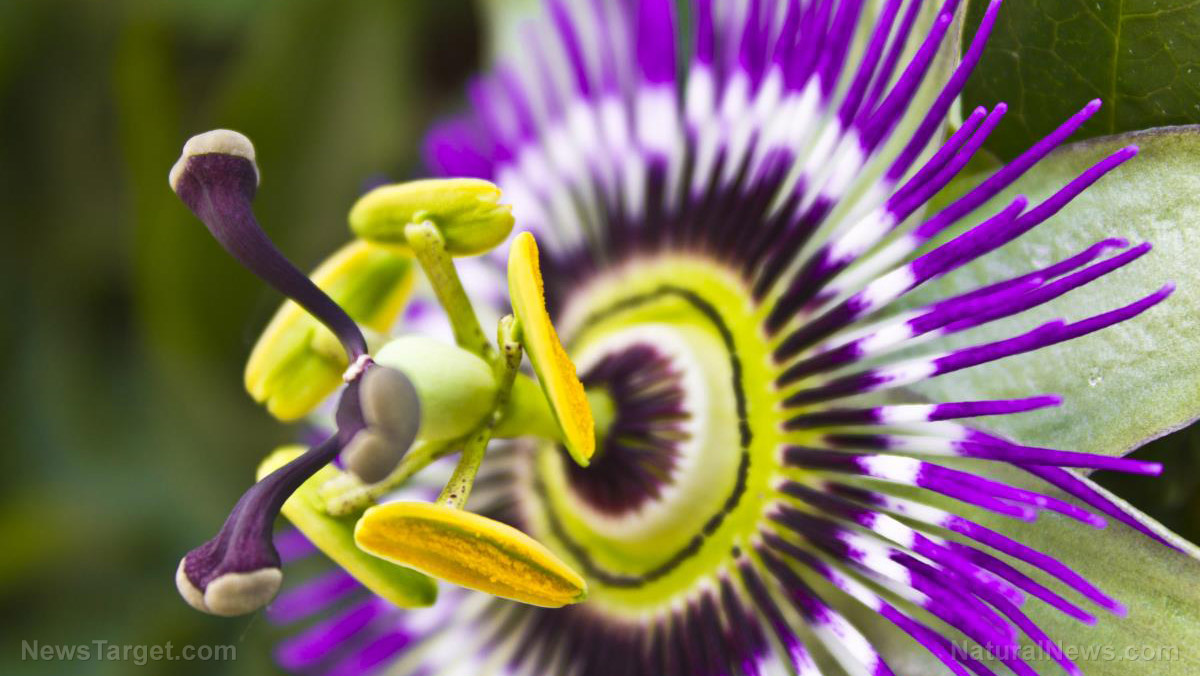
Brazilian researchers evaluated the cytotoxic potential of Passiflora plants cultivated in Brazil against cancer cells. They also identified the mechanism of cytotoxicity induced by the most promising extract. Their findings were published in the Journal of Medicinal Plants Research.
- For their experiment, the researchers obtained extracts from the leaves of 14 Passiflora species using ethanol as solvent.
- They evaluated the in vitro cytotoxicity of the extracts using MTT assay at a concentration of 50 mcg/mL.
- The researchers then determined the half-maximal inhibitory concentration (IC50) of the most cytotoxic leaf extract against cancer cells (HCT-116, SF-295, OVACAR-8 and HL-60) and non-cancer cells (PBMC).
- Among the tested extracts, P. alata (ELPA) leaf extract showed the highest cytotoxicity (IC50 = 19.37 mcg/mL), followed by P. capsularis and P. quadrangularis.
- ELPA did not show cytotoxicity against PBMC, suggesting selectivity for cancer cells.
- The researchers then used liquid chromatography and mass spectrometry to identify the chemical components of ELPA.
- They also performed morphological analyses, as well as cell cycle and DNA fragmentation analyses, to study the mechanism of cell death induced by ELPA in HL-60 cells.
- The researchers linked the cytotoxicity of ELPA to the presence of 10 identified flavonoids.
- Cells treated with ELPA showed hallmarks typical of apoptosis and necrosis, with cell cycle arrest in the G2/M phase.
Based on these findings, the researchers concluded that ELPA can kill cancer cells through the synergistic actions of its flavonoids, which can induce cell death by apoptosis and necrosis.
Read the full study at this link.
Journal Reference:
Ricardo GA, Silvana VFG, Maria CDSL, Claudia DOP, Luciana NA, Patricia S, Geraldo CB, Larissa MB, Milena BPS, Daniel PB, et al. CYTOTOXIC POTENTIAL OF 14 PASSIFLORA SPECIES AGAINST CANCER CELLS. Journal of Medicinal Plants Research. 10 April 2019;13(7):157–166. DOI: 10.5897/jmpr2019.6744
Tagged Under: alternative medicine, anticancer, cancer cures, good medicine, herbal medicine, Herbs, natural cures, natural medicine, passionflowers, plant medicine, research, winged-stem passionflower

